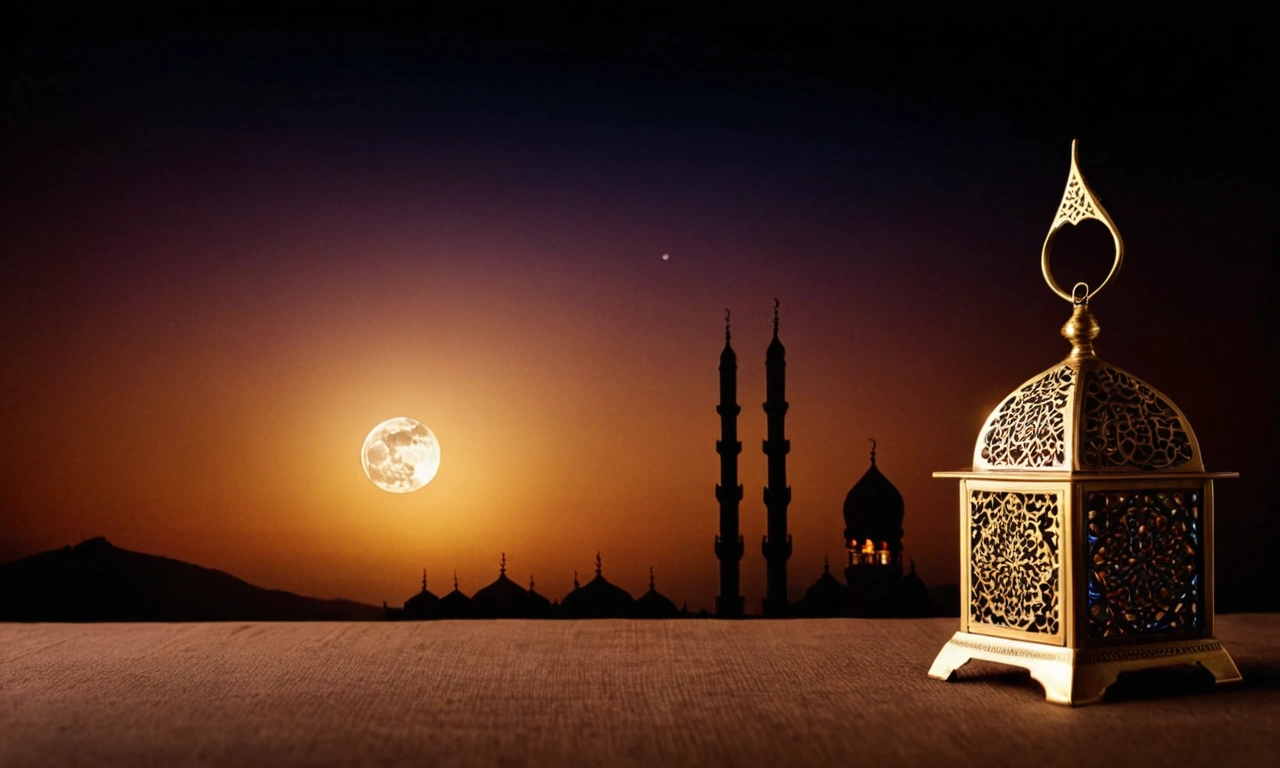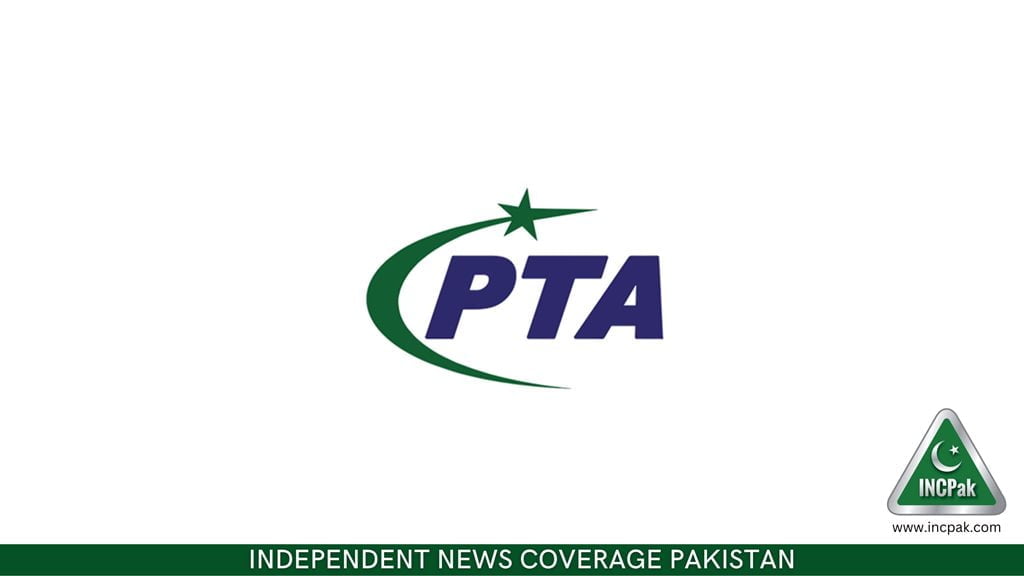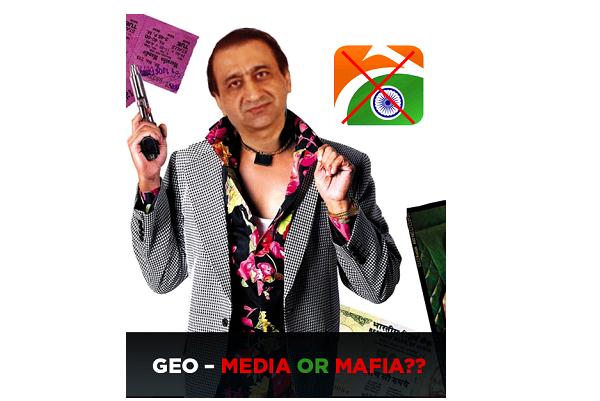The Constitution of Pakistan serves as the fundamental legal document that outlines the structure, powers, and functions of the government, as well as the rights and responsibilities of citizens. Adopted in 1956, Pakistan’s constitution has undergone several amendments and revisions to adapt to the changing socio-political landscape of the country. Let’s delve deeper into the significance and key aspects of the Constitution of Pakistan.
Historical Background:
Pakistan’s journey towards constitutionalism began soon after its creation in 1947. The country initially functioned under the Government of India Act 1935, modified to suit Pakistan’s needs. However, the need for a separate constitution became evident, leading to the formulation of the Objectives Resolution in 1949, which laid down the principles that would guide future constitutional development. The first constitution was adopted in 1956, but it faced challenges and was later abrogated. Subsequent constitutions were promulgated in 1962, 1973, and 1979, with the Constitution of 1973 being the current operative one.
Key Features:
The Constitution of Pakistan, 1973, is a comprehensive document that defines Pakistan as an Islamic Republic, with Islam as the state religion. It establishes a federal parliamentary system of government, consisting of the President, Prime Minister, and Parliament. The Parliament is bicameral, comprising the National Assembly (lower house) and the Senate (upper house). The Prime Minister is the head of government, while the President is the ceremonial head of state.
The Constitution guarantees fundamental rights to all citizens, including equality before the law, freedom of speech, religion, and association, and the right to a fair trial. It also outlines the directive principles of state policy, which guide the state in promoting social justice, equality, and economic well-being.
Amendments and Revisions:
Since its adoption, the Constitution of Pakistan has undergone numerous amendments to address emerging challenges and political developments. Some amendments have strengthened democratic institutions, while others have been more controversial, leading to debates over the balance of power between the executive, legislative, and judicial branches of government.
Challenges and Controversies:
Despite its significance, Pakistan’s constitution has faced challenges and controversies throughout its history. Military interventions, judicial activism, and political instability have all contributed to debates over the supremacy of the constitution and the rule of law. Issues such as provincial autonomy, minority rights, and the role of Islam in the state continue to be subjects of debate and contention.
In conclusion, the Constitution of Pakistan is a vital document that shapes the country’s governance and legal framework. It reflects the aspirations of the people of Pakistan for a democratic, just, and prosperous society. While challenges and controversies persist, the constitution remains a beacon of hope for the realization of these ideals and the strengthening of democratic institutions in Pakistan.









